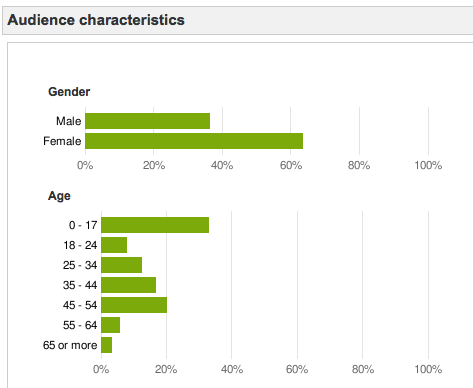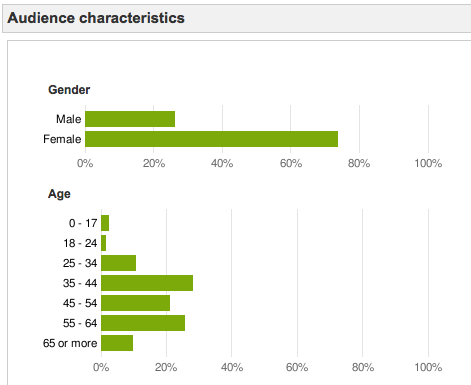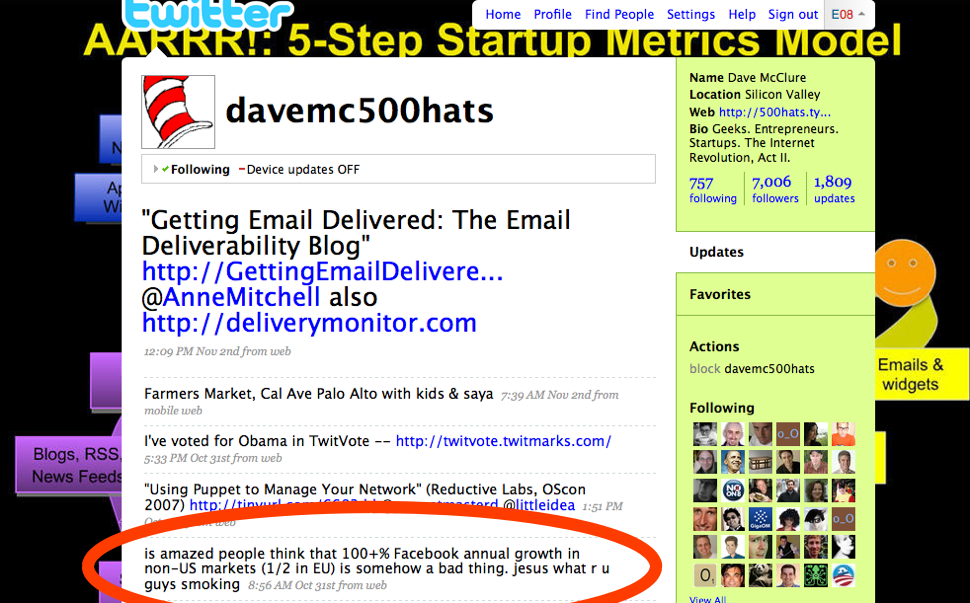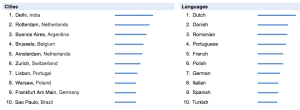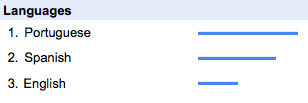Flickr versus Snapfish versus Photobucket versus Slide versus Shutterfly
has been great! Thank you very much for reading it. Here is a breakdown of the number of daily readers provided by WordPress BlogStats
I am really happy that my Spanish colleague, Gemma (who writes a great web analytics blog in Spanish called ¿Dónde está Avinash cuando se le necesita?, a great tribute to Avinash Kaushik) found some inspiration to use Google Trends (one of my personal favorite tools!).
Another great tool for broad research is Google Ad Planner (currently in Beta, so you need an invitation, mine took about a week to arrive).
Let’s take a look at the BIG 5 (Flickr, Photobucket, Snapfish, Shutterfly, and Slide) of online digital photo sharing using this tool:

Google Ad Planner provides much more in-depth information on a monthly basis (the figures for unique visitors and pageviews are on a 30-day basis). The reach is for the United States. As discussed on the previous post, Photobucket appears to continue to have the upper-hand over Flickr.
What I found really interesting is that if I was to theoretically put ads on these 5 sites trying to reach everybody in the United States, I would reach 31 million or have a country reach of 13% or have 660 million pageviews.
Do you think that is a lot? Wrong! Take a look what would happen if I just select Facebook and Myspace:
That’s 90 million unique visitors or a country reach of 39% or 20 billion pageviews!
Does that mean that advertising on Facebook and Myspace is better than advertising on the top 5 of online digital photo sharing?
If your objective is to monetize on printing services, I would dare to say no.
Why?
Take a look at the age and income distribution of the audience at Myspace using Google Ad Planner:
Compare it with the demographics of the audience at Shutterfly:
Obviously Shutterfly has a more mature audience with more spendable income, so they would be more prone to spend on printing services than a younger audience with a tigther budget.
Of course, you could argue against this hypothesis.
Let me hear your thoughts.



